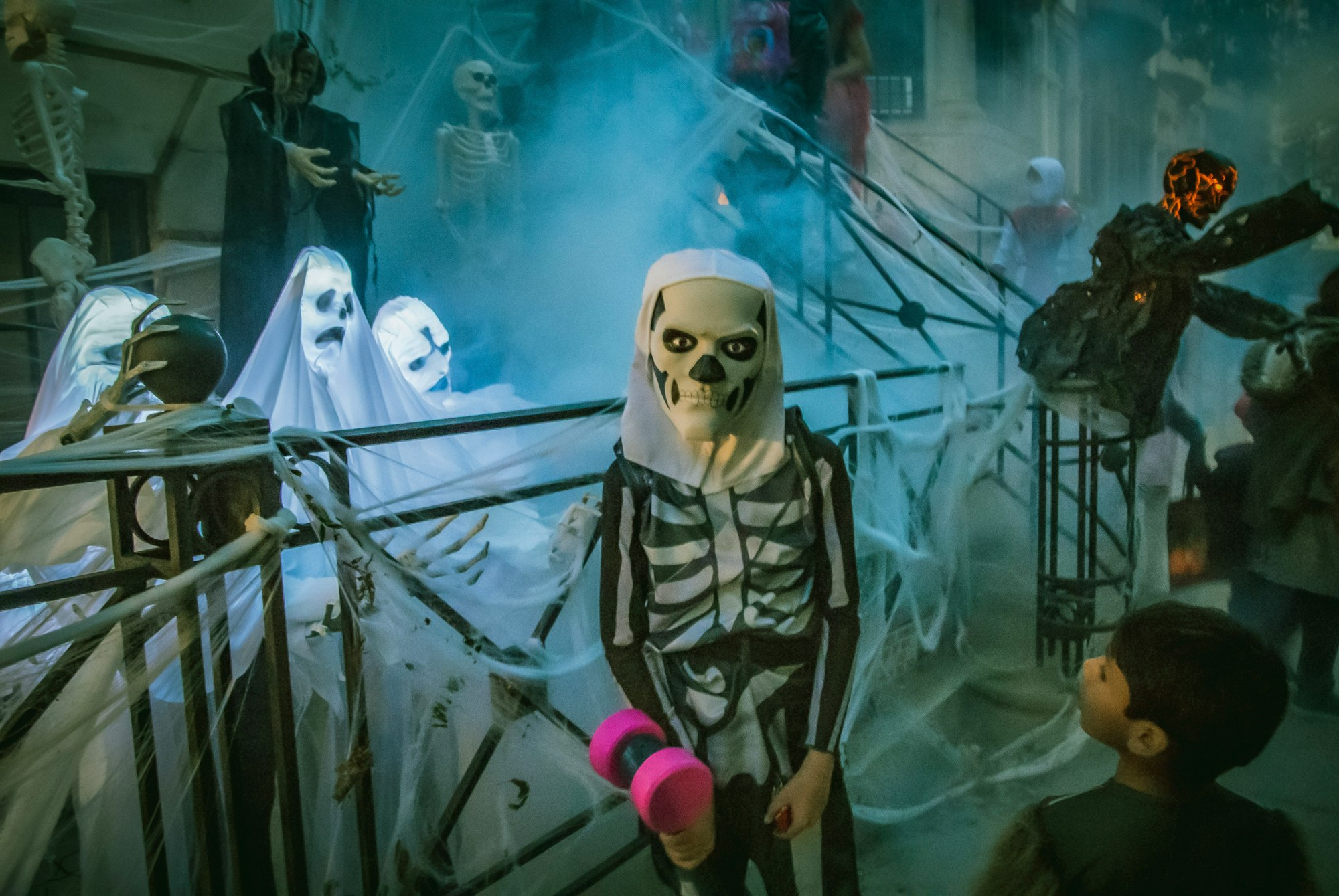👻 Spooky season is right around the corner, and we thought we'd share a piece that fits the theme perfectly!
Have you heard about the Danse Macabre (The Dance of Death) by Camille Saint-Saens?
About the composer:
Born in Paris in 1835, Charles-Camille Saint-Saëns was raised by his widowed mother and her aunt, with the latter introducing the young Camille to the piano and giving him his first lessons. The boy was a true prodigy, demonstrating perfect pitch at the age of two. He gave his first public concert at five, accompanying a Beethoven violin sonata on the piano.
Did you know?
The composition is based upon a poem by Henri Cazalis, referencing an old French superstition:
Zig, zig, zig, Death in a cadence,
Striking with his heel a tomb,
Death at midnight plays a dance-tune,
Zig, zig, zig, on his violin.
The winter wind blows and the night is dark;
Moans are heard in the linden trees.
Through the gloom, white skeletons pass,
Running and leaping in their shrouds.
Zig, zig, zig, each one is frisking,
The bones of the dancers are heard to crack—
But hist! of a sudden they quit the round,
They push forward, they fly; the cock has crowed
According to this ancient superstition, "Death" appears every year at midnight on Halloween. Death has the power to call forth the dead from their graves, making them dance for him while he plays his fiddle (represented by a solo violin with its E-string tuned to an E-flat, in an example of scordatura tuning). The skeletons dance for him until the break of dawn when they must return to their graves until the following year.
The piece makes particular use of the xylophone in a theme that imitates the sounds of rattling bones.
Assignment ideas using Flat for Education:
- From its menacing and scary origins, Danse macabre has become a gateway piece to introduce schoolchildren to classical music. Here is a video PBS created in 1980 for use in elementary school music classes.
1. Watch this video with your students
2. A fun group composition assignment could be to ask your students to create new versions of the soundtrack!
- The orchestra unites in reaching the main climax of the work, with the solo violin constantly playing slightly above them to keep the melody moving.
3. Have your students identify the different instruments. What effect does each instrument have on the melody and overall feeling of the song?
There are plenty of other exercises you can do, but we hope this sparked some creativity!
What is your favorite spooky music composition? Email us at edu@flat.io to get the conversation started!
